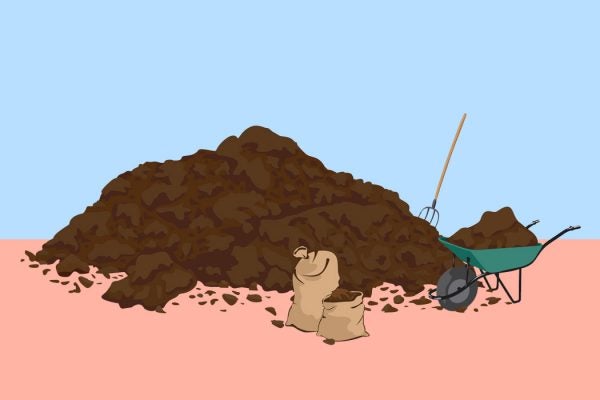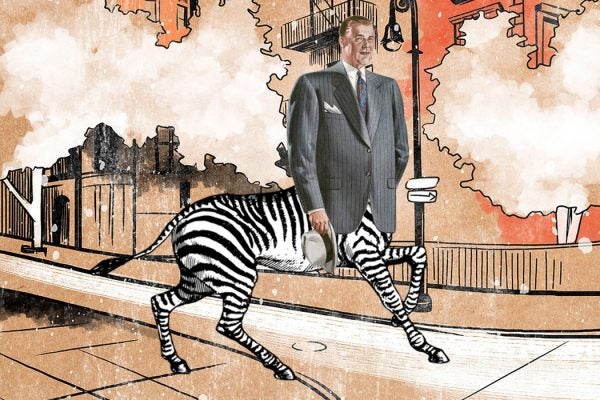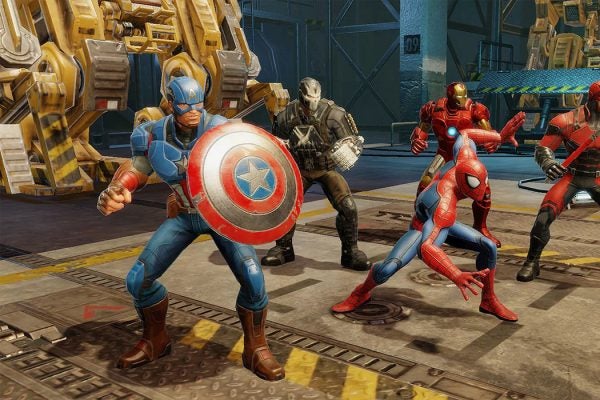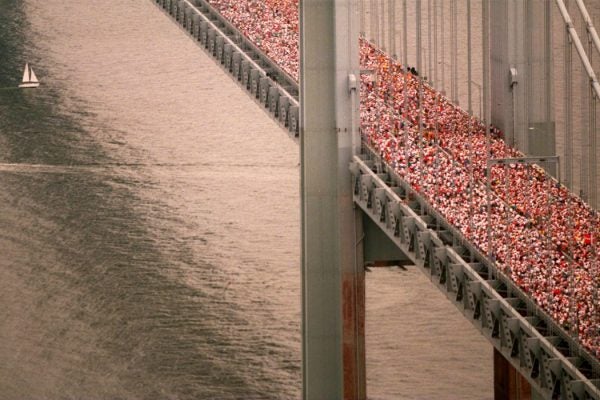The Truth about “Caveman Courtship”
Cartoon stories about early humans bear a striking resemblance to many popular uses of evolutionary psychology today.
Lawrence Lessig: How to Repair Our Democracy
Law professor and one-time presidential hopeful Lawrence Lessig on campaign finance, gerrymandering, and the electoral college.
The Construction of America, in the Eyes of the English
In Theodor de Bry’s illustrations for Thomas Harriot’s Brief and True Report of the New Found Land of Virginia, the Algonquin are made to look like the Irish. Surprise.
Can Zapping Your Brain Really Make You Smarter?
Early scientific results on transcranial direct current stimulation (tDCS) show promise, but are they enough to support a multi-billion-dollar industry?
Who Really Discovered How the Heart Works?
For centuries, the voice of the Greek doctor Galen, who held that blood is produced in the liver and filtered through tiny pores in the heart, went unchallenged.
A History of Human Waste as Fertilizer
In eighteenth century Japan, human excrement played a vital role in agriculture. Can similar solutions help manage waste today?
How Linguists Are Using Urban Dictionary
Urban Dictionary continues a long history of recording low-brow language. It’s also a repository of a specific kind of internet immaturity.
Video Game Streams Are Creating New Forms of Community
Khasino, a Marvel Strike Force streamer on Twitch, makes his living playing video games for an audience.
The Bizarre Social History of Beds
For centuries, people thought nothing of crowding family members or friends into the same bed.
The Critique of Pure Marathon
Marathon entrants today are more likely to be seeking personal validation rather than competitive victory.
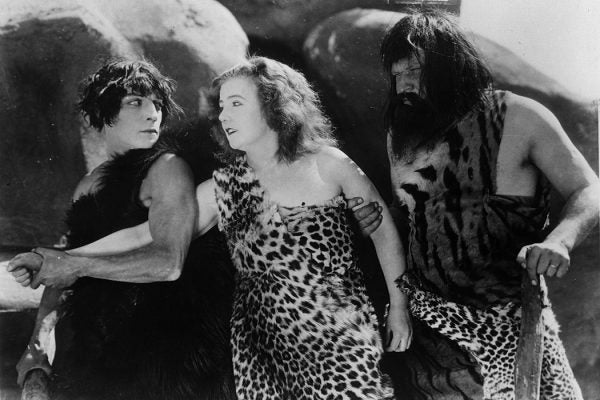

![Travels through Virginia. [From Theodor de Bry's 'America', Vol. I, 1590, after a drawing of John White].](https://daily.jstor.org/wp-content/uploads/2019/12/the_construction_of_america_in_the_eyes_of_the_english_1050x700-600x400.jpg)


